Shaping the Modern Warfare, the RPG-7 Story

Few encounters are more intimidating for infantry than suddenly facing enemy armor. The Second World War witnessed the most significant tank battles in history. Being on the receiving end, the Soviets noted the effectiveness of shoulder-launched, rocket-propelled anti-tank weapons used by the German invading forces as well as by the Americans across Europe. In 1944, the Soviet command resolved to develop their own. However, the war had ended before the first RPG (Ruchnoi Protivotankoviy Granatomiot), or the “Hand-held anti-tank grenade launcher,” was fielded. Throughout the years, armor threats have evolved from battlefield to battlefield, requiring Russian anti-tank weapons to adapt accordingly. Fast forward to the RPG-7, known for its distinctive profile, durable design, and user-friendly operation. It continues to see action today despite being designed over half a century ago.
The RPG-7 has significantly influenced the dynamics of modern combat by providing accessible, shoulder-fired anti-tank capabilities. Its impact is widespread; some of you may have experienced its effects firsthand in conflict zones. Its robust design has proven effective and adaptability made it an essential asset in conflicts worldwide. It can be found in the hands of both allies and adversaries. The RPG-7 is expected to remain a presence in global conflicts for decades to come.
How it works
When fired, the primer initiates the firing sequence, launching the expeller charge propelled by the moisture-sensitive black powder charge. The expanding propellant gases rapidly build pressure, launching the grenade. A turbine on the rear of the fin assembly imparts rotation as the grenade shaft exits the expeller chamber and tube. Four stabilizer fins extend outward, and the rocket motor ignites, causing gases to push forward through nozzle holes that face rearward and outward. The pressure vents through six holes, driving the grenade assembly forward during its assisted flight. This process begins approximately 11 meters after the grenade leaves the launcher's tube.
Once the PG-7 is fired from the RPG, roughly 2+ meters from the tube, the rapid acceleration forces the igniter down onto a firing pin. This ignites the self-destruct delay element and a separate safety pyrotechnic element. One burns quicker, and once it burns off, a stopper is pushed away by a slider, allowing the slider to move aside, close the electrical circuit, and arm itself.
Upon contact with a target, the piezoelectric fuse generates an electric current that activates the electrical detonator at the warhead's base.
If the electrical component fails or the fuse does not contact the target within 4 to 6 seconds, the pyrotechnic self-destruct mechanism will detonate the warhead. Getting caught in slat armor or RPG netting will typically cause a short circuit between the inner and outer cones, shorting the detonation chain. The pyrotechnic self-destruct element will detonate the base fuse at a suboptimal distance, significantly reducing the effect.
If the device makes contact, the base fuse detonates and creates a Munroe effect, focusing a high-speed jet from the shaped charges cone that can penetrate armor, inject superheated gases, and create molten shrapnel.
Design
The key feature of the RPG-7 is its 40mm tube and external warhead, which enable it to use a wide variety of larger-diameter ammunition types, including high-explosive anti-tank rounds, thermobaric warheads, and fragmentation grenades. This versatility allows the RPG-7 to effectively target armored vehicles and personnel, increasing its value to infantry units. Developing tandem-charge warheads, such as the PG-7VR, has enhanced its ability to engage modern reactive armor systems, which were previously resistant to conventional anti-tank measures.
The RPG-7 has proven cost-effective alternatives to other anti-tank systems, such as more advanced guided weapons. Its affordability has led to widespread international adoption, with estimates suggesting that around 40 countries utilize the RPG-7. This situation creates a more balanced battlefield environment, where smaller militaries and non-state actors can effectively engage technologically advanced forces. For the time being, it appears that NATO forces are much more likely to encounter an RPG-7 in the hands of irregular troops.
The RPG-7 is designed for ease of use, weighing about 15 lbs. (7 kg), making it manageable for individual soldiers to carry and operate. This user-friendly design has contributed to its widespread adoption by various militaries worldwide. Having humped the 22 lbs. (10 kg) M3 Carl Gustav up a few hills, I can see the RPG-7 is much easier to transport, similar to the PKM and M240 weight comparison.
In contemporary conflicts such as the Russo-Ukrainian war, the RPG-7 has demonstrated its continued usefulness, even after being in service for over 60 years. Its effectiveness against modern armored threats, including those produced by Russia, highlights the enduring importance of older technologies in today’s warfare. The PG-7, in particular, has found new applications. The widespread use of FPV (First Person View) drones has led to adaptations of PG-7 munitions for deployment via drones, introducing innovative applications and enhancing their operational effectiveness. Adding the ability to hit armored vehicles from above, targeting less protected areas is gaining popularity and becoming more common than its original intended use.

Lynndon Schooler is an open-source weapons intelligence professional with a background as an infantryman in the US Army. His experience includes working as a gunsmith and production manager in firearm manufacturing, as well as serving as an armorer, consultant, and instructor in nonstandard weapons. His articles have been published in Small Arms Review and the Small Arms Defence Journal. https://www.instagram.com/lynndons
More by Lynndon Schooler









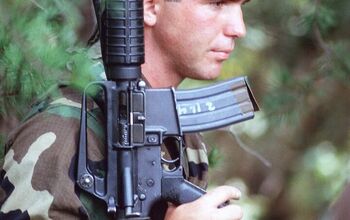
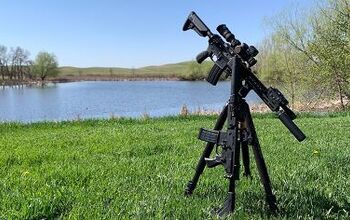
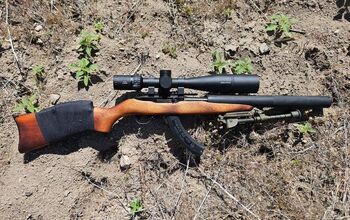
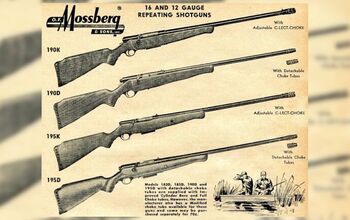
![[SHOT 2025] Chiappa Goes Full Space Cowboy](https://cdn-fastly.thefirearmblog.com/media/2025/01/24/01471/shot-2025-chiappa-goes-full-space-cowboy.jpg?size=350x220)



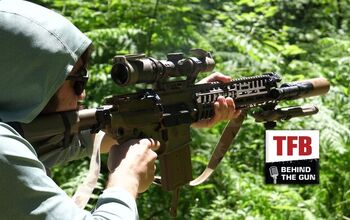

![[SHOT 2025] Fierce Firearms Twisted Rogue Bolt Action Rifle](https://cdn-fastly.thefirearmblog.com/media/2025/01/25/02071/shot-2025-fierce-firearms-twisted-rogue-bolt-action-rifle.jpg?size=350x220)
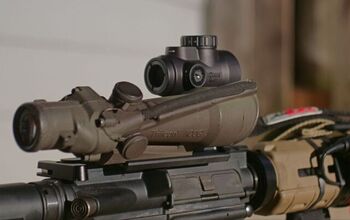

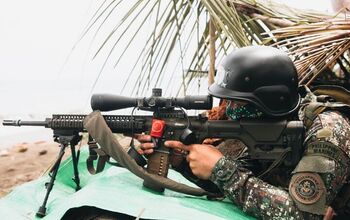


![[SHOT 2025] Caldwell Claycopter: Re-Thinking Shotgun Fun](https://cdn-fastly.thefirearmblog.com/media/2025/01/22/16341/shot-2025-caldwell-claycopter-re-thinking-shotgun-fun.jpg?size=350x220)
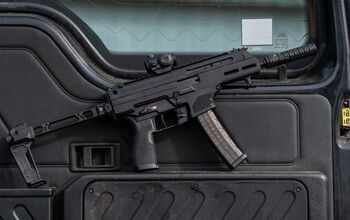
Comments
Join the conversation
the evolution of anti-tank weapons is fascinating. I’ve shot an AR15 rifle with a Trijicon ACOG, and it’s impressive how modern firearms continue to adapt to changing battlefield threats. My only issue was the added weight from a bipod, but the accuracy improvement made it worthwhile.
Like a carbine in the hand of a cowboy, the RPG-7 is a great equalizer in the gunfights of today